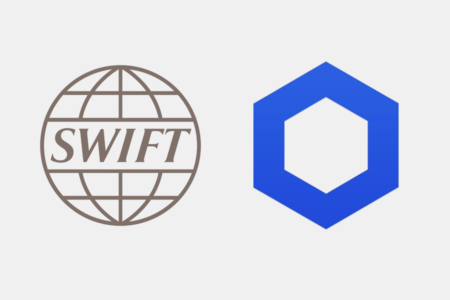We’re more excited than anybody about the integration of
Blockchain technology across the world, however, as UX specialists we
understand how Blockchain can present an entirely new set of challenges.
Language
Ledgers, Hash Functions, Keys, Nodes, Forking. All these Blockchain
terms could be completely alien to most web users. We need to think
carefully about how we simplify these terms for users and create
experiences where we don’t overwhelm users with complex terminology.
As UX Designers we must be also consistent with Blockchain language
across all products, this will ensure users start to understand the
language associated with Blockchain. Users should be able to use
multiple Blockchain products, without having to learn a new set of
vocabulary.

Mistakes
Blockchain doesn’t come with an Undo button. As Blockchain is a
distributed network, once users’ data is added to the Blockchain it
can’t just be deleted or removed, as there is no centralised point from
where it can be deleted from. This means that any mistakes that users
make are displayed for the world to see.
From a UX perspective, we need to ensure that users are confident
that the data they are going to submit to the Blockchain is correct,
this could include the use of validation to ensure that data is in the
correct format before it’s uploaded to the Blockchain.

Remembering Details
We’ve all forgotten a password before, users understand that if they
forget a password they can simply click the ‘forgot password link and
reset it. However, with Blockchain forgetting your key is a big deal, as
there is no reset.
We need to ensure users are aware of the importance of keeping their
key in a secure and safe place, this could even mean users also storing a
physical copy of their key hidden in their house or flat.
It is equally important that users also remember the differences
between the different keys they have. Users are given both a public and a
private key, the public key needs to be shared to receive on the
Blockchain network, however, the private key essentially works as a
password.
As product developers and UX specialists, we need to ensure that users know and remember the difference between the two keys

Time
As internet users we have become impatient, we expect messages,
money, bookings, and data to be sent instantly, and expect almost
simulations feedback. However, with the decentralised Blockchain
network, validation is required from another user in a process called
‘Mining’ or ‘Forging’ (Proof of Stake). A users’ data will not be added to the Blockchain until this block has been validated, making instant feedback impossible.
When developing Blockchain products we need to make users aware that
they will have to wait for their data to be validated, and that there is
no definitive amount of time that the process will take. We also need
to ensure that our products allow users to complete other tasks in this
time, to streamline the process and keep users engaged.

Users understand conventions, green means go, red means stop, and so
on. As UX specialists and designers it’s our job to uphold conventions
while being creative. Allowing users to use products instinctively.
However, with Blockchain, these conventions are yet to be developed.
This is because most users have very limited exposure to Blockchain
products, therefore they don’t have traditional expectations about how
these products should behave and be designed.
Therefore, to solve these new UX challenges, we need to collaborate
as Blockchain specialists to create consistent Blockchain solutions and
build valuable experiences for users.



